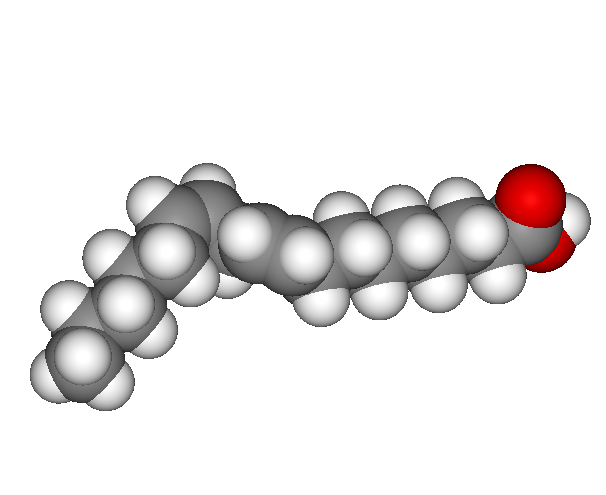Zero-based indexing redefines the meaning of the labels “first”, “second”, “third”, and so on. It adds a new label, “zeroth”, which has the same ordinal value as “first” in one-based indexing. The word “first” does not mean “the element with the lowest index” in zero-based indexing.
If you are using a zero-based numbering system, you would absolutely say that array[2] is the final element in the array, that element having the ordinal label “second”, and yet the length of the array is 3 (cardinal). There is no fundamental connection between the ordinal labels “zeroth”, “first”, “second”, and “third” and the cardinal numbers 0, 1, 2, and 3. The similarities are purely an artefact of human language, which is arbitrary anyway. You can make an equally mathematically valid ordinal numbering system that assigns “third” to the element with the smallest index, “fourth” to the next-smallest, and so on. That ordinal numbering system is mathematically coherent and valid, but you’re just causing trouble for yourself when it comes time to convert those ordinals (such as array indexes) into cardinals (such as memory locations or lengths of fencing to buy).
You can make an argument for why one-based numbering is more convenient and easier to use, but you cannot use the notion that zero-based numbering doesn’t make sense given the assumed context of one-based numbering as an argument for why zero-based numbering is invalid.
I encourage you read up what is meant by “zero based numbering” because you and everyone else who has replied to me has tried to use “but that’s not how it works in one-based numbering” as an explanation for why I’m wrong. This is as nonsensical of an argument as trying to say i (the imaginary unit) is not a number because it’s not on the number line. It’s only not a number in the domain of the real numbers. Similarly, zero-based numbering is only nonsensical in the context of one-based indexing.
It does not matter why indexes start from zero. The memory offset argument is only salient if you are using it as an argument for why computers should use zero-based numbering.













My argument is purely pedantic. Pedantry is the lifeblood of programmer “humour”.
I’m not arguing that we should adopt zero-based numberingin real-life human applications. I am arguing that in zero-based numbering, the label “zeroth” refers to the same ordinal as “first” in one-based numbering. I am poking fun at the conversion between human one-based numbering and computers’ zero-based numbering. That is why I am saying it should be called
zeroth(); because human language should adapt to match the zero-based numbering their tools use. Whether I actually mean what I say—well, I leave that up to you.It does not matter why indexes start from zero in computing. The memory offset argument is only salient if you are using it as an argument for why computers should use zero-based numbering. It is not an argument against the properties of zero-based numbering itself.